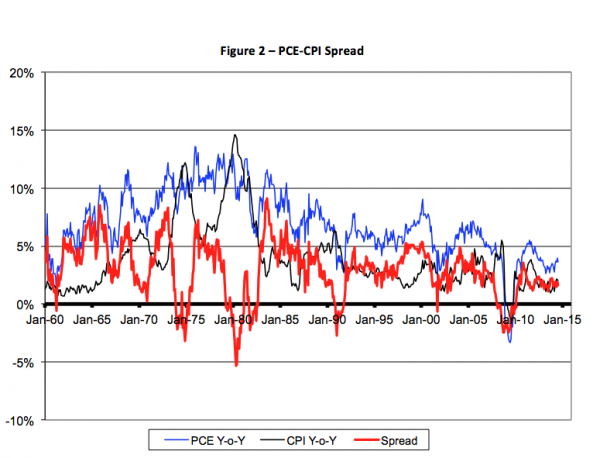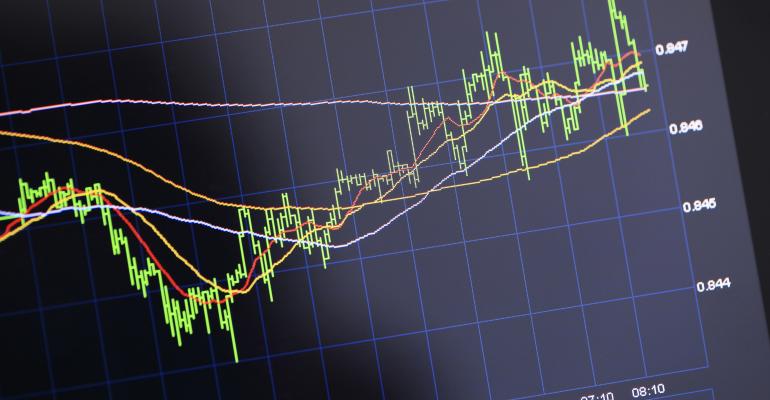Today, Sept. 23, summer officially comes to a close. It’s been an eventful summer. With all the geopolitical brouhaha, you might not have noticed that the risk of domestic recession increased fivefold, at least according to economic modeling devised by Professors Marcelle Chavet and Jeremy Piger.
Worry not, though. The baseline for recession risk was exceedingly low, i.e, .05 percent, heading into June.
Chauvet’s and Piger’s probabilities are derived by massaging four monthly coincident indicators: non-farm employment, the index of industrial production, real personal income and real manufacturing/trade sales. The start of a new recession is typically signaled after three consecutive months of readings above 80 percent. Conversely, expansions are telegraphed with three sequential reports below 20 percent.
For the record, recession probabilities dipped below 20 percent in July 2009 and have averaged just .25 percent since then.

The trouble with the recession probability is its time lag. The most recent reading is for June, owing to a two-month delay in the reporting of manufacturing and trade sales figures by the Census Bureau. A lot’s happened since June, so what do you do in interregnums such as this?
You can monitor the spread between 12-month changes in Personal Consumption Expenditures (PCE) and the Consumer Price Index (CPI), that’s what.

Historically, meltdowns are signaled when the spread approaches or falls below zero, i.e., when CPI runs ahead of PCE.
As you can see, the spread’s been positive since February 2010. Since then, the spread’s averaged 1.9 percent. Over the longer term, the average is 2.9 percent. While the current reading’s “below average” it seems to part of a basing action.
Despite the gloominess espoused by many pundits, we appear to be well away from a dip into recession.
Autumn ought to be interesting.
Brad Zigler pens Wealthmanagement.com's Alternative Insights newsletter. Formerly, he headed up marketing and research for the Pacific Exchange's (now NYSE Arca) option market and the iShares complex of exchange traded funds.

